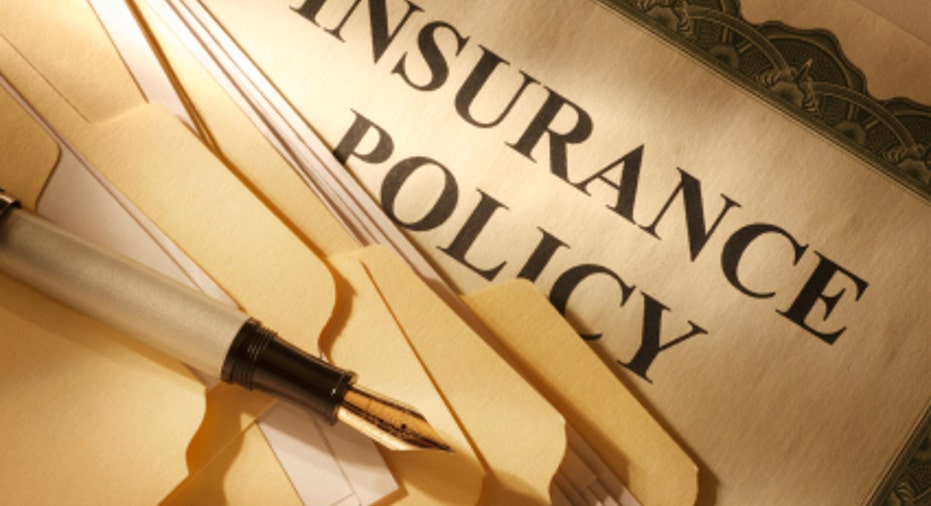Buying Life Insurance....at the Store?

Your trip to the store may soon include buying life insurance along with your gas and groceries if insurance companies embrace the new trend of using retail outlets to reach potential customers and boost stagnant sales.
Nearly one in five consumers (17%) would be willing to buy life insurance from a store, according to findings from the 2013 Insurance Barometer Study. It was conducted by the LIFE Foundation, a non-profit public education group funded by insurers, and LIMRA, a global research and consulting firm that tracks the life insurance industry.
Here is the breakdown by retail type, according to the percentage of consumers who said they'd buy life coverage in a store:
- Warehouse club stores - 11%
- Superstore - 7%
- Drug stores - 5%
- Supermarkets - 3%
- Convenience stores - 1%
Those consumers who were willing to purchase at a superstore cited perceptions such as "reasonable cost" (63%), "simple process" (44%), "convenient" (43%) and "no pressure to buy" (42%) as reasons for their interest.
"Although the percentage of consumers is not large, it may not need to be so in order to be a viable niche market for companies to pursue," says the report. "The growth of distribution-related strategic alliances between insurance companies and nontraditional industry participants will be a growing trend."
Insurers already sell health plans at warehouse club stores such as Costco, and pilots are in place for life insurance sales at select Wal-Mart stores.
Life insurance sales remain flat
Despite the burgeoning retail trend, purchasing life insurance in-person from a financial professional is still the most preferred way to buy for over half of consumers (53%), according to the report. The problem is that most people are not buying life insurance at all -- in-person or at stores -- even though they are aware of the need for it.
Consumers continue to acknowledge the need for life insurance, yet 95 million don't have coverage and just one-third of Americans have individually-owned life policies -- the lowest level in 50 years, according to the report.
"Life insurance has never been as inexpensive or easy to buy -- especially with the anticipated growth of online and nontraditional purchasing channels - yet millions of consumers continue to put off the decision," Marvin H. Feldman, president and CEO of the LIFE Foundation, said in a written statement.
The reasons for not buying life insurance haven't changed over the past three years of studies - perceived expense, other financial priorities, being unsure of the type or amount to buy, and simple procrastination all still top the list of barriers to purchasing coverage.
LIMRA data show that consumers often estimate the average yearly price of insurance to be double that of actual costs.
Life insurance research and purchase tips
For those who are in the market for life insurance, the Internet plays a prominent role both in research and purchasing. Over 8 in 10 consumers would use the Internet to conduct research about purchasing life insurance. Nearly 1 in 4 would prefer to purchase online as well, if given the option.
If you are unsure about how to buy life insurance, follow these tips:
- Analyze the financial needs of dependents that would be left behind. Consider income for your surviving family members, mortgage, auto and credit card debts and college tuition expenses that would need to be paid, in addition to funeral costs.
- Decide which type of policy best suits your needs. There are two basic types of life insurance policies -- term and permanent. Term life provides a death benefit without any investment or "cash value" component, is typically the least expensive and expires after the term -- typically 10, 20 or 30 years -- is over. Permanent life insurance does not have a set end-date, is more expensive and comes with a "cash value" account that typically involves a return-on-investment component that is not guaranteed.
- Gather life insurance quotes to compare rates as price can differ significantly for identical coverage offered by different insurance companies.
- Research the company's solvency by checking its financial stability rating with a ratings company such as A.M. Best. The rating indicates the insurer's ability to pay claims.
The original article can be found at Insurance.com:Trend watch: Buying life insurance at retail



















